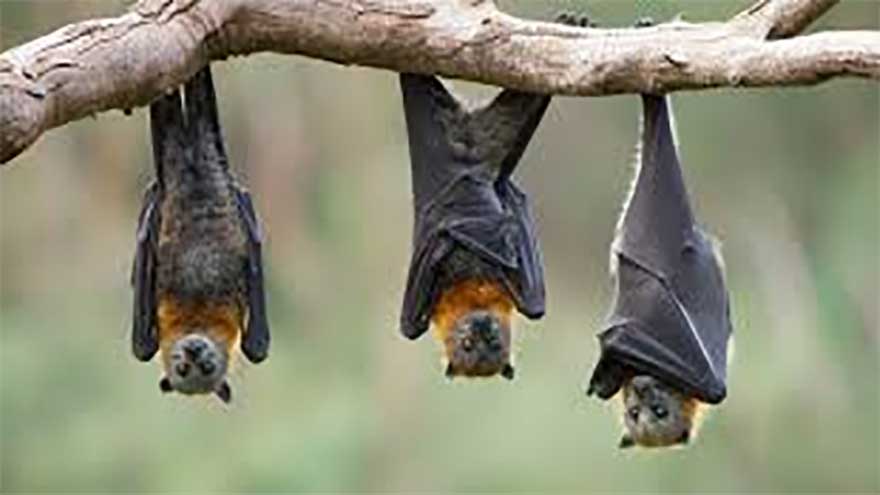New viruses discovered in bats: should we be worried?
Potential for transmission to humans and livestock
(Web Desk) - Researchers have identified 20 new viruses, 2 of which are closely related to deadly Nipah and Hendra viruses, in the kidneys of bats in southwestern China.
Nipah and Hendra circulate in bats but spill over to humans where they can cause severe brain inflammation and respiratory disease with fatality rates as high as 75%.
The new “henipaviruses” were found in bats living in orchards close to human settlements in Yunnan province.
The authors of the new study say their findings raise concerns about the potential for transmission to humans and livestock through the consumption of fruits contaminated with bat urine.
Independent experts caution that more research is needed to determine whether there is any risk of the newly discovered viruses making the jump into new species.
Dr Alison Peel, a veterinarian and wildlife disease ecologist at the University of Sydney, Australia, who was not involved in the research, says: “While one of the new viruses in this study appears to be the closest known relative to these highly fatal viruses, there are some genetic differences in the regions of the virus responsible for binding to and entering cells, so we can’t automatically assume that it can cross over to new species.
“We have other examples of close evolutionary cousins to Hendra and Nipah that appear not to be of any concern for spillover, so there will need to be some more laboratory studies on these new viruses to determine the actual risk.”
“The situation with Nipah virus is somewhat different, as while an amplifying host can be involved (typically pigs), human infections through contact with saliva from infected bats is a known risk.
“Whether either of these scenarios, or others, applies to the related viruses identified in this study is impossible to know.”
The team of researchers collected samples from 142 bats across 10 species in 5 areas of Yunnan province. They used a genetic sequencing technique called metatranscriptomics to determine the total microbial community of viruses, bacteria, and parasites within the bat kidneys.
This revealed 22 viruses, 20 of which were previously unknown, a new bacterial species and protozoan parasite. The henipaviruses were present in Rousettus leschenaultii fruit bats.
“The bats infected with the Hendra-like virus were captured in fruit orchards, highlighting potential opportunities for contact with humans and domestic species,” says Peel.
“Our research on Hendra virus spillover in Australia has demonstrated clear links between habitat destruction, loss of natural food, and increased spillover risk – so this may also be the case in China.
“Rather than focusing on bats as the problem, we’ve also shown evidence that protecting and restoring bat food sources is an effective and sustainable solution. These ecological solutions reduce spillover risk while also supporting healthy bat populations and ecosystems.”
Mahoney adds that bats are critical to the health of ecosystems, playing roles in pollination and seed dispersal.
“People should not touch or handle bats, contacting the relevant authorities if they see an injured bat or one showing signs of illness. Indeed, that goes for most wildlife, as they may also be carrying viruses or other pathogens that are potentially dangerous to humans.”
Bats are natural reservoirs for a wide range of microorganisms and have been implicated in major emerging disease outbreaks including Hendra, Nipah, Marburg and Ebola virus disease, severe acute respiratory syndrome (SARS), Middle East respiratory syndrome (MERS), and COVID-19.



